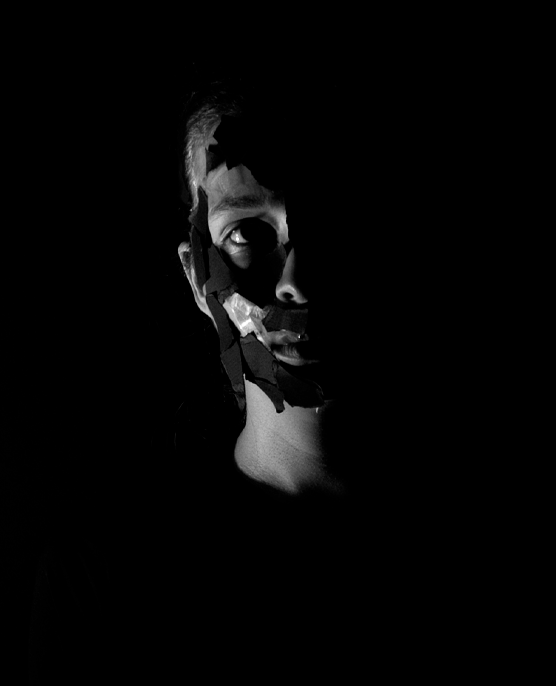By Rachel Musman
My eyes scan the clock. It’s been 20 minutes, time for another stupid break. My cheeks flush as I get up and walk out of the classroom.
“Hey, Mrs. Thompson, I’m going to take another break now.”
“Okay,” she sighs.
Her judgment weighs down on my shoulders; blood rushes to my cheeks. Everyone is staring at me.
No, for the millionth time, this is not a fun way to get out of class.
I never endured physical pain as a kid, but I distinctly remember wishing I had. Headaches seemed cool because all of the “grown ups” and teenagers in my life had them. Casts got attention at school and I always wanted to have my friends sign my arm or wrist. All of the older middle schoolers had braces with fun neon colors on them. My friends and I would spend hours playing pretend doctors and patients. My dolls experienced some pretty life-threatening injuries. And for some mind-boggling reason, part of me had a desire to be just like them.
Be careful what you wish for.
At the ripe age of 12, I got my first concussion. Six months later, the next. This cycle continued for the next five years. What does a basketball, volleyball, ski lift bar and an elbow have in common? Headaches, dizziness, nausea, neck pain, and overall misery. Days of pain turned into weeks, months, years. Getting up and sitting with my mom outside turned into my big daily activity. I would use the strands of hair surrounding my face as an eye-mask protecting me from the sunlight. Lying down, eyes shut and ear plugs in still resulted in a tsunami of dizziness. Those frustrating, embarrassing, stupid 20-minute breaks were the only thing that got me through the day. Teachers, my peers, and even the school nurse would comment on my constant need to leave class.
No one knew why the pain wouldn’t go away. There wasn’t anything physically wrong with me after the concussions went away, yet I was still in constant agony. Dozens of failed doctors, acupuncture, and physical therapy appointments later; still nothing. No conclusions were being made based solely on biology.
However—when psychology got thrown in the mix—the blurriness finally became clear. I was diagnosed with Tension Myositis Syndrome, a chronic pain disorder. TMS is a condition that causes chronic pain even though there are no structural problems. My nervous system got overloaded by the physical trauma of the concussion coexisting with the emotional response to it.
I wake up at 10:30 am and lay in bed for another hour. My lazy mornings are my favorite part of my days. My stomach begins to grumble and my typical smoothie bowl is calling my name.
“Good morning, Rach!” my mom says as I take my bowl to the couch.
“Hey, Mommy!” I reply warmly.
As the content of my breakfast disappears, the daily stress about school begins. I grab my laptop and begin my work at my own pace. There is no embarrassment about my need to take breaks when I am alone.
After I finish my work I go on a walk with my dog, Crosby. My body feels energized as the blood pumps through my veins. The rest of the day is spent FaceTiming friends and spending time with my family. There are no expectations I have to meet.
Happiness may literally directly improve physical health. There are many studies going on to confirm the fact that serotonin and other “happy hormones” are commonly linked with feeling good and living longer. Happiness also indirectly improves health as happier people are more likely to eat healthier, have better sleep patterns, and engage in more physical activity—all things that improve happiness.
Tension myositis syndrome controlled my life for years. I never realized how strong the mind-body connection is until I physically felt my emotional pain.
There was no physical treatment or any changes over quarantine, other than little things I now had time for to improve my mental health. Once I relaxed and healed not just my concussion, but my soul, the tension (literally—it’s called tension myositis syndrome for a reason) started to dissolve.
Dr. John Sarno claims that “The theory of tension myositis syndrome is that your mind creates pain symptoms in order to aid in the repression of subconscious thoughts and feelings… your subconscious mind has essentially determined that repressed thoughts, feelings or emotions would be harmful to you if you were to become consciously aware of them. Therefore, your mind creates pain syndromes (e.g. back pain) in order to distract and prevent the repressed thoughts from reaching your conscious awareness.”
It wasn’t that I needed doctors to help me, I needed to learn how to help myself. Working through my emotional distress would result in working through a whole lot more.
Sitting in class post quarantine, my eyes flutter over to their usual destination. It’s instinct at this point to look at the clock. My body is conditioned to know when 20 minutes have passed when I am in a classroom setting. I close my eyes and assess how I feel. Nothing. Finally, I feel nothing. A light throb, but nothing too abnormal for a sleep deprived teenager. I continue to take notes along with the rest of the class, blending in with the crowd.
Rachel Musman is a sophomore psychology major from Westchester, NY. She loves creative writing, and is the Sex and Relationships editor of University Girl Magazine and a writer for Moody Magazine. Rachel is the insignia chair of the Phi Sigma Sigma sorority on campus, and outside of school she also enjoys social media, makeup, mental health awareness, and consuming hours upon hours of Netflix.

